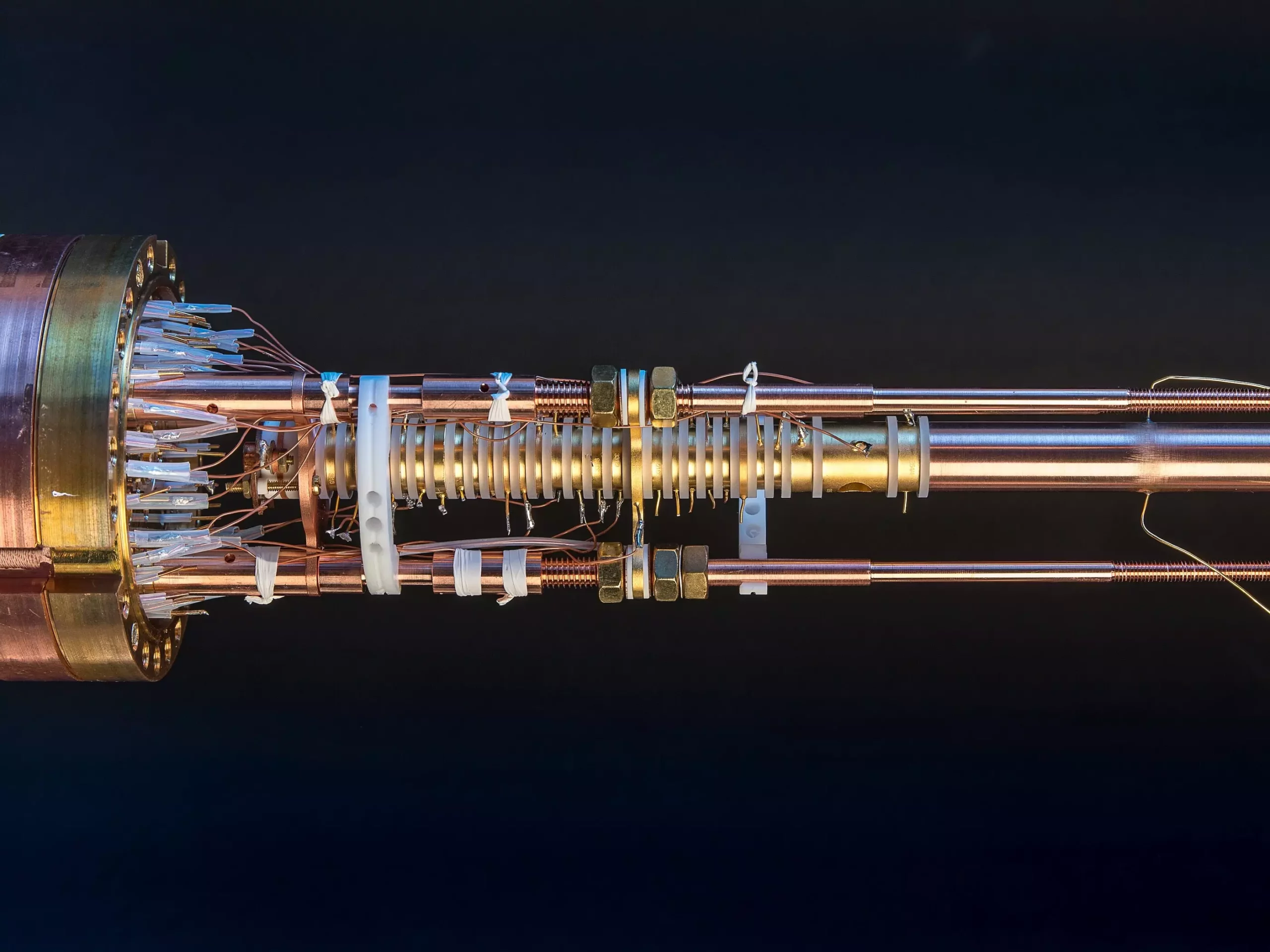Understanding the interaction between atomic structures and their environments is fundamental in both theoretical physics and practical applications, particularly in nuclear magnetic resonance (NMR). Recent breakthroughs at the Max Planck Institute for Nuclear Physics in Heidelberg have shed light on the nuances of electron shielding in beryllium atoms, a phenomenon that has far-reaching implications not just for fundamental research but also for chemistry and medical imaging technologies.
The Art of Precision Measurement
At the heart of this study is the magnetic moment of the beryllium-9 isotope, which was measured with an impressive precision—40 times better than previous attempts. This significant enhancement in measurement capability is critical because the nuclear magnetic moment serves as a “fingerprint” for understanding atomic behavior in various fields. The study of beryllium atoms, though seemingly niche, is a keystone in enhancing NMR techniques, which are crucial for creating highly detailed maps of chemical structures.
The challenges associated with measuring the magnetic properties of atomic nuclei arise from the inherent complexities of multi-body systems, particularly when trying to account for the behavior of electrons around the nucleus. The current advancements in measurement techniques, especially through the innovative use of Penning traps, underscore a pivotal approach in overcoming these challenges.
The concept of electron shielding is not merely a peripheral aspect of atomic physics; it plays a foundational role in determining the nature of chemical bonds and interactions. This ‘shielding’ is akin to creating a barrier that influences how an atomic nucleus interacts with external magnetic fields. The recent experiments conducted by Klaus Blaum’s research team meticulously examined this phenomenon using beryllium-9 as a model.
Beryllium, as the fourth element on the periodic table, presents unique advantages for such studies. Its relatively compact nucleus simplifies the calculations needed to address the subtleties of electron shielding compared to atoms with larger, more complex nuclei. The proximity of beryllium to helium in the periodic table also provides a strategic advantage for validating results in broader atomic studies.
Nuclear magnetic resonance has transformed the landscape of chemistry and medical imaging, allowing scientists to observe the dynamics of molecules in unprecedented detail. However, the effectiveness of NMR is heavily reliant on accurately measuring the magnetic fields within the devices used. The latest research provides key insights into enhancing these measurements through improved understanding of electron shielding in related isotopes, specifically helium-3.
By observing the beryllium-9 with one electron remaining after the removal of two others, researchers have created a model that draws parallels to helium-3. The ease of modeling this “hydrogen-like” system becomes an essential tool in bridging knowledge gaps regarding how multiple electrons simultaneously shield a nucleus. This precision can lead to advancements in NMR applications, enhancing their efficiency and accuracy.
Complex Interactions and Beyond
One of the most intriguing aspects of the findings is the capability to measure energy changes in nuclear moments in different magnetic field orientations. Such measurements are sensitive, requiring the amplification of incredibly faint signals. The electron acts as an antenna, capturing and enhancing the magnetic signals emanating from the nucleus, thereby allowing for more accurate frequency measurements.
The experimental results mark a significant milestone not only for beryllium-9 but also for future studies of other isotopes, including the elusive and complex interactions between electrons and nuclei. With these results, researchers are now able to provide insights into how shielding affects magnetic resonance methods, potentially leading to breakthroughs not only in physics but also in practical applications across disciplines.
The implications of this research extend well beyond the confines of fundamental physics. By unraveling the intricacies of electron shielding and refining measurement techniques, the outcomes of this study pave the way for more accurate and profound applications in fields such as materials science, biochemistry, and medical diagnostics.
As we strive for greater precision in our understanding of atomic interactions and their real-world ramifications, the work of Klaus Blaum and his team exemplifies the interdisciplinary nature of scientific inquiry. Their contributions stand to benefit both experimentalists and theorists alike, enhancing our comprehension of the atomic world and sharpening the tools we use to study it. The double victory of enriching fundamental science while bolstering applied technologies underscores the profound interconnectedness of various fields in the pursuit of knowledge.


Leave a Reply